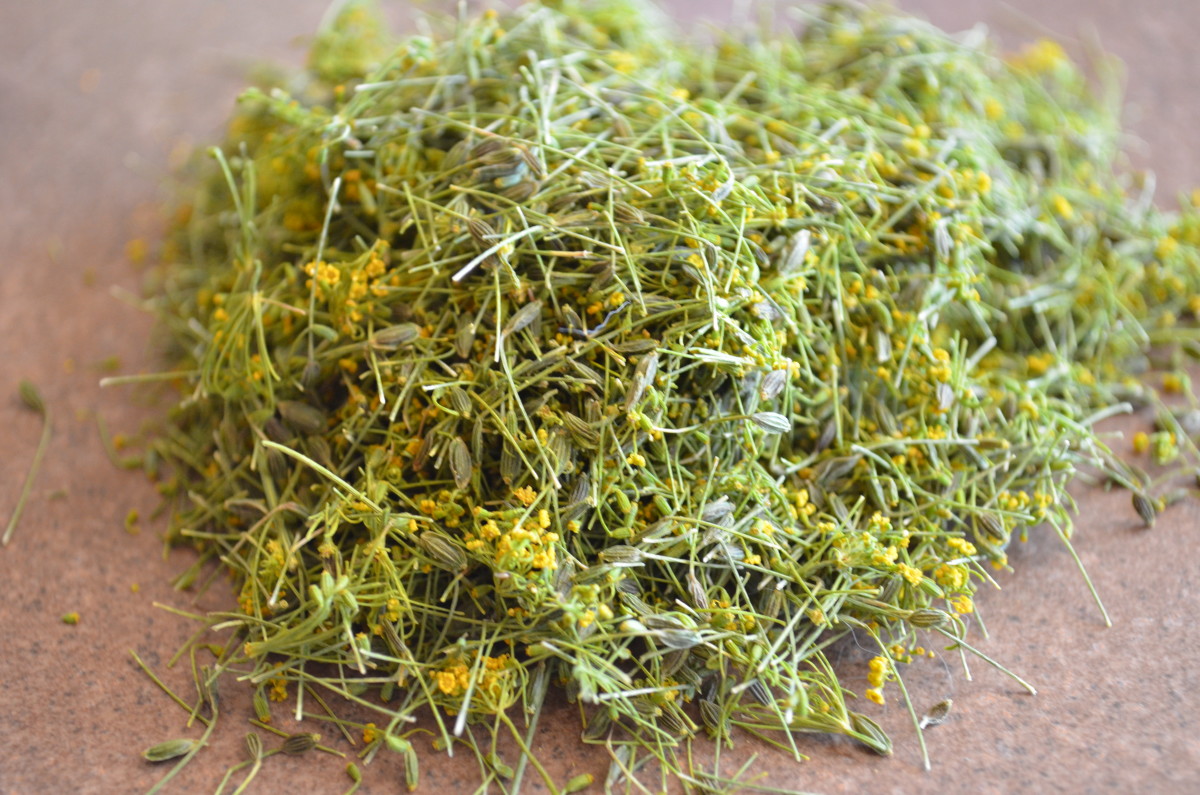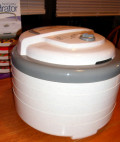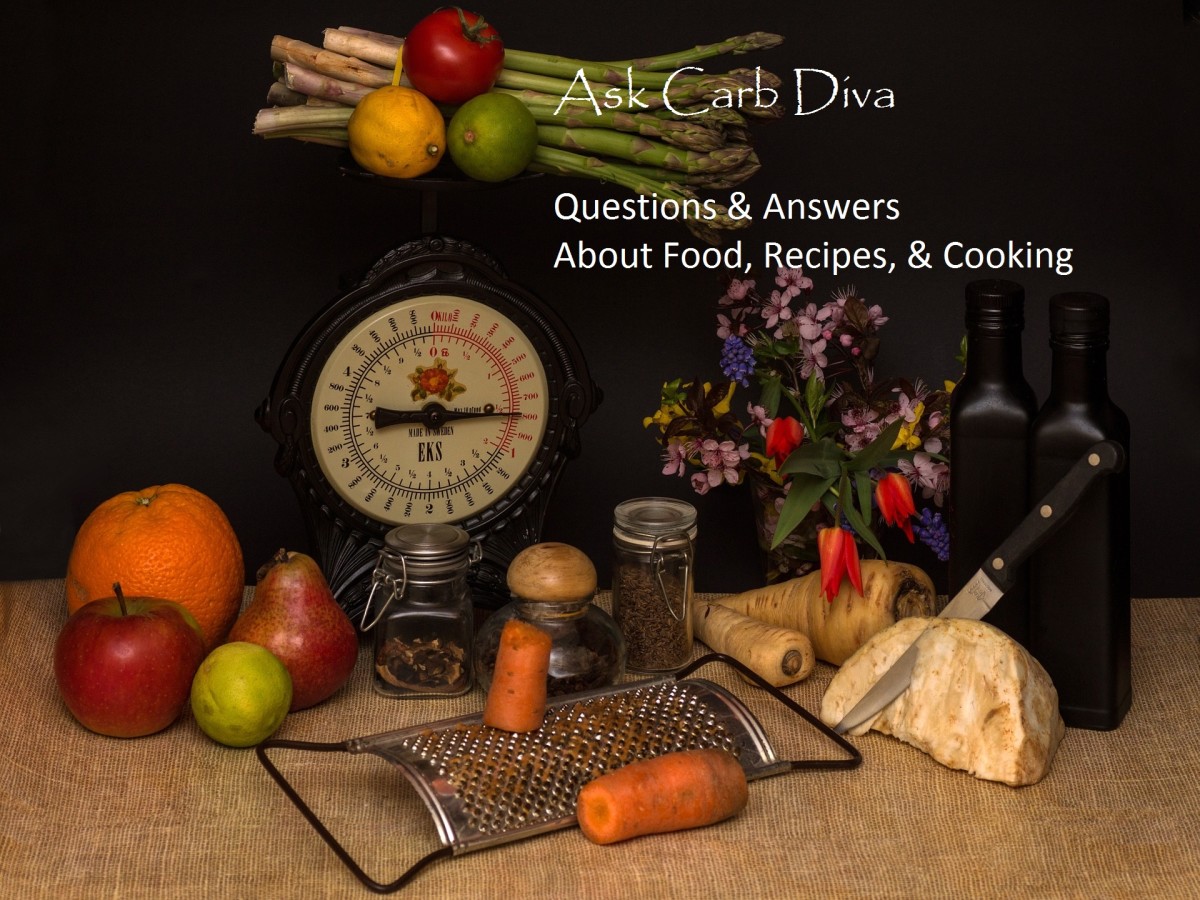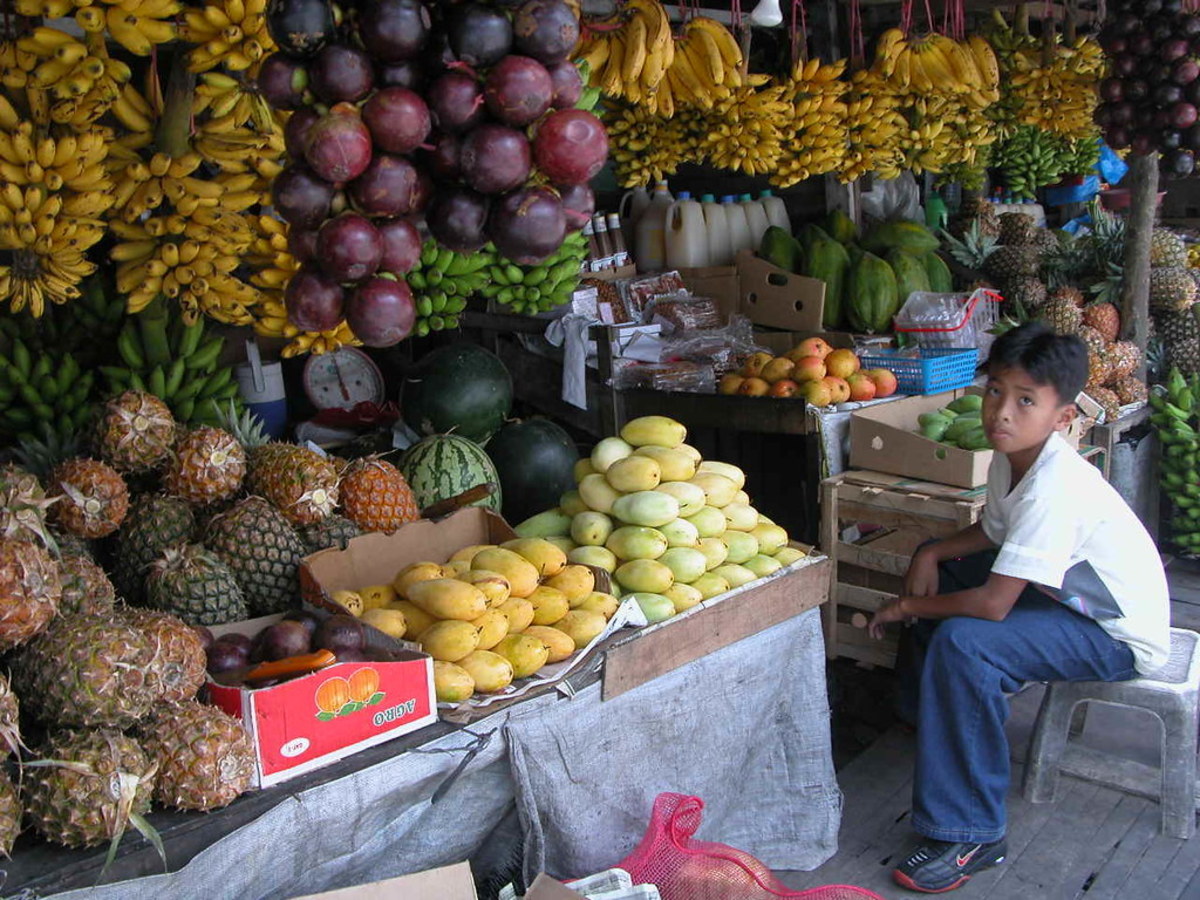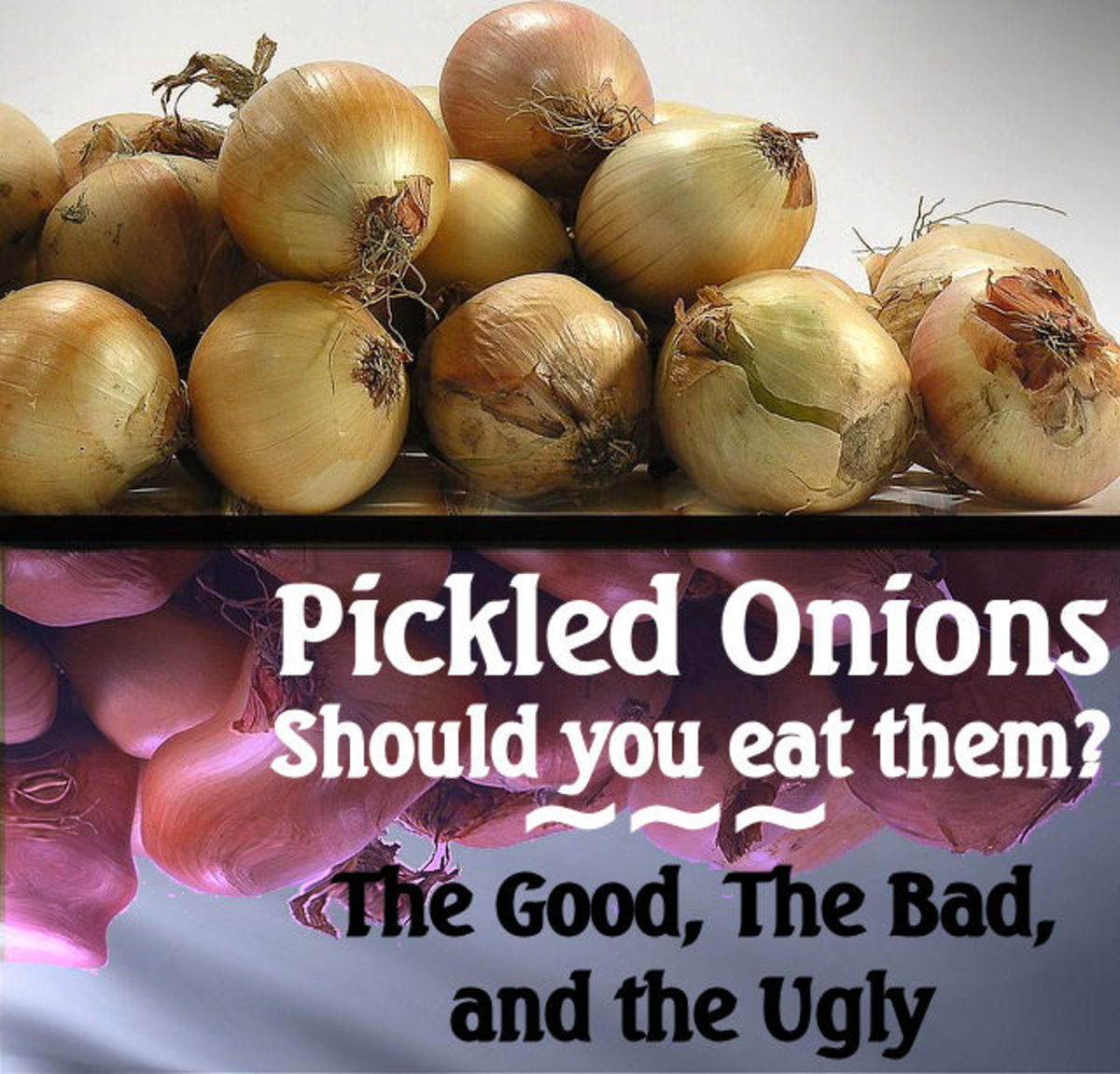How To Dehydrate And Store Produce

Food Dehydrator Tutorial and Comparison
I have discovered my health has improved when I eat fresh raw foods. That isn't always an option when winter comes around and there are less fresh foods to choose from. So, I have been dehydrating for several years to ensure I have some options all year long.
When the fruits and vegetables are in season it is the best time to learn how to save some of the goodness for out of season enjoyment. This page has tutorials about how to dehydrate and store food. Videos and my experience combined with information. I love my dehydrator and have enjoyed saving part of the harvest for many years.
I use them in my own kitchen as well as for gifts during the holidays. This page shows how to properly dry and store food so you retain the nutrition as well as the freshness and flavor. I love to toss in dry onions, bell peppers, and tomato into a winter soup. Or have dried strawberries to add into a holiday bread (in the bread maker).
Basic Checklist
Start with fresh supplies and proper equipment
After dehydrating be sure to store properly for longest lasting results
Mark package date on your containers and packages and a Use By Date (be sure to use it).
Have a handy list of ways to use your dehydrated foods.
Getting started...
You will need to have a dehydrator. This page will provide a comparison of makes and models for you to choose from.
If you have every sought to purchase dehydrated foods you already know they can be pricey. This page will review food dehydrators and show comparisons so you can find the right one for the job you want to do. It is important to our heath to have plenty of fruit and vegetables. I believe the standard is five servings a day. This may be an easy task in the right season, but, what about when the weather outside is colder and the store's supplies get less and less available? Not to mention expensive.
This is when you can have a stored supply of the things you enjoy the most. Buy when the are in season and make a few batches to last you through the out of season times. You save money and on top of that you will have healthy foods all year round.
So with the right tools you can make your own and the tools will pay for themselves in no time. This is a candid review (from my review of multiple submissions found online) about dehydrators so you can decide which make and model is best for your needs.
You can compare and shop right from this page. You are invited to submit your experience and reviews as well and we would be delighted to feature your true stories, videos and reviews about any make model of food dehydrator on the market.
How to Dehydrate and Store Foods Part 1
Do you garden or buy from a farmer's market?
Do you have a garden or a farmer's market?
When it is time to dehydrate foods, we can grow them ourselves or find our local farmer's market.
Some serious food storage folks will do both (grow some and buy the rest at the local farmer's markets).
Imagine how much you will save, how much more healthy your food will be, and the flavors are going to be amazing!

Will you be drying juicy produce?
After evaluating the major difference we would then need to ask ourselves if the motor placement is a significant issue. Would we need to spend the extra money on the model that has a safer for juicy produce placement or will the produce we are drying have less liquid content and be less risky?
Now... Back to the video tutorials
While we give this some thought... lets watch another video.
How to Dehydrate and Store Food Part 2
Food Storage Solutions - Packaging your dehydrated foods for optimal health and wellness.
One of the most important things when dehydrating food is to ensure it is completely dry and then to ensure it stays that way. If your going to enjoy your dried fruits and vegetables for a long time it is important to store them properly.
The main points are to remove all moisture and to protect from air (where moisture is often present). To do this you will want a good vacuum sealing system.
- For large quantities I recommend a sealing system.
- For smaller quantities you might be able to use a durable freezer zip-lock style bag and use a straw (or a handheld vacuum cleaner) to suck out the air.
Fresh produce is the best for our health and we can reserve some of the goodness by dehydrating our own (grown or purchased) fresh produce.
Nutritious
When you process your own foods you are certain about what goes into them and you are sure to have the most nutritious food available for yourself and your family.
What is in processed foods?

Do you know what is in your processed foods?
The Next Training Video
Take a look at the next video to find out what is next.
How to Dehydrate and Store Food Part 3
Rotating Trays For Even Drying
This is the style of dehydrator I have used the most over the years. One I had was brown and stacked pretty high. I loved to fill it up and use all of the trays all in one cycle. I would move the trays around a bit every once in awhile to move the dryer items to the top and the trays with the most moisture to the bottom (closer to the fan/warmth).
Watch the first few times you use it to see which trays seem to dry out faster than others. There are two reasons this will happen:
1. The area is drying faster (so this would be a good place to rotate in the slower trays)
OR
2. The food isn't as moist as the others foods to begin with. Some vegetables and fruits have less moisture than others and will naturally dry faster.
Where is the motor on your dehydrator?

I Recommend Expandable Dehydrators
One of the best things about an expandable dehydrator is you can buy extra trays for it and dry more items at the same time. This is great for saving energy as well as time. The time it takes when you are rotating trays (as described earlier) is about the same with five trays as it is for ten. So you can do double the food preserving in the same amount of time using the same amount of energy.
The dehydrators vary in power usage. Check your model to see how much power it is expected to use. Also remember an older model will likely use more power. Also check cords to ensure they are intact the whole way (through to the plug). The plug should be grounded (or use a ground adapter) this is a safety issue as well as a power saving issue.
Lastly be sure the plug you are using has a moisture breaker. This will ensure that if there is excessive moisture around the outlet the power will automatically shut off and need to be reset when the moisture has been removed. To reduce the possibility of this becoming an issue be sure to place your dehydrator amply away from the electrical outlet.
How to dehydrate and store food PART 4
You will see details about storing your dehydrated foods. Also, watch for the amazing tip and special recipe for homemade breadcrumbs.
As we continue with this series be sure to bookmark this page so you can refer back here while you are processing your fruit stand finds.
I hope you have enjoyed this food dehydrator comparison and tutorial about how to dehydrate and store food.
I would love to hear from you. Do you dehydrate? Was this a helpful tutorial series?
Please take a moment to leave a comment.
© 2011 Deb Bryan

